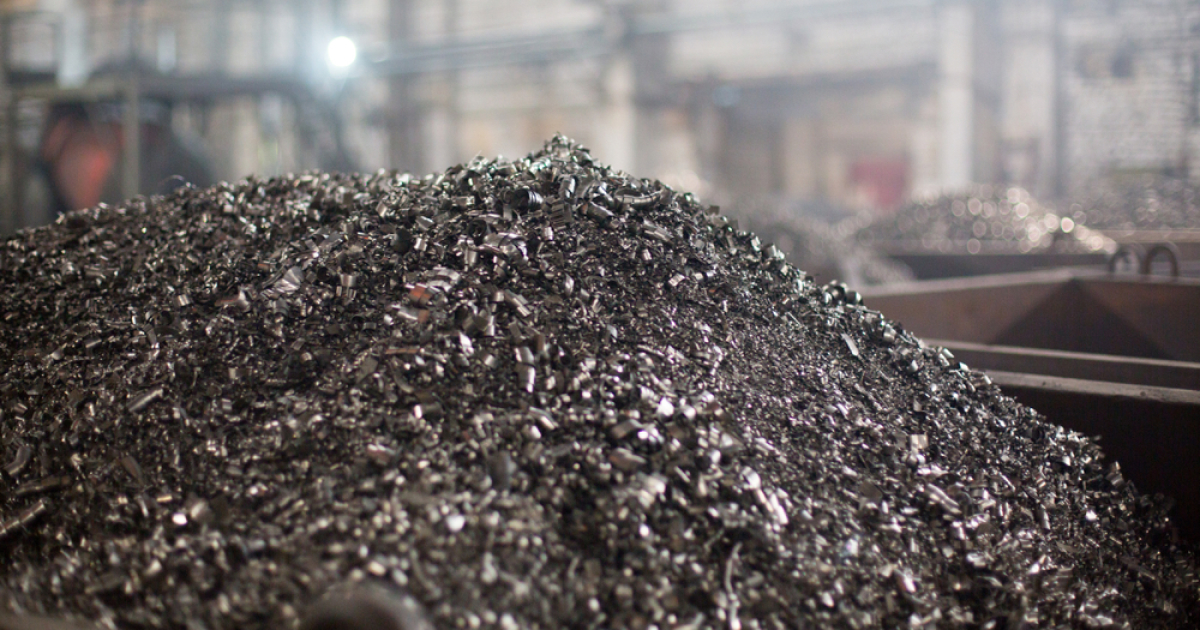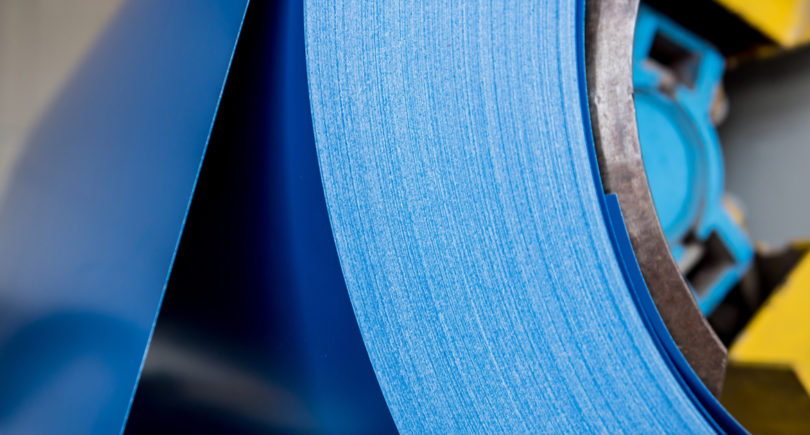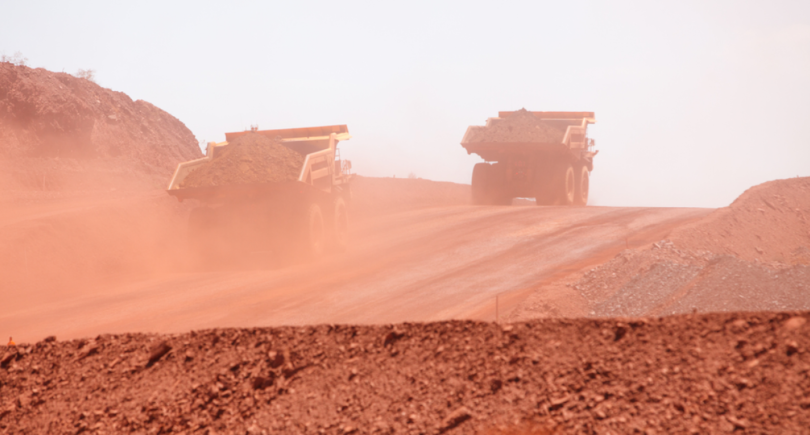
News Global Market ferroalloys prices 3407 12 June 2024
Merafe will stop publishing quarterly reference prices for ferrochrome starting in June
According to the analysis of Metalshub Intelligence Service (Metis), the chrome market remained stable between May 27 and June 2 due to a large supply of competitive raw materials from Russia at $8.45-8.6 thousand from warehouse. Deals for Chinese products were concluded at $9.5-9.6 thousand per tonne DDP.
In May, Merafe, a leading ferrochrome producer through a joint venture with Glencore in South Africa, announced that it would stop publishing quarterly benchmark prices for ferrochrome for the European market (EUBM) starting in June this year.
According to a Merafe spokesperson, over time, the EUBM pricing system has become less relevant to market participants, including large European customers. Therefore, after careful consideration, it was decided to terminate it.
The last time Merafe’s benchmark price was published was in March. The company reported that for the second quarter of this year, it was set at $1.52 per pound, which is 5.6% higher than in the first quarter.
According to Fastmarkets, market participants have long believed that the EUBM is outdated. Calling for an update to the prevailing system, they cited China’s growing influence on ferrochrome pricing, the gap between benchmark and spot prices, and the complex system of discount negotiations. Nevertheless, the Merafe announcement has stirred up the market, which is currently looking for a new pricing mechanism.
At the end of May, a representative of the London Metal Exchange said during a discussion at the Bureau of International Recycling (BIR) conference that the LME would be open to discussing potential new futures contracts for stainless steel and ferrochrome scrap with settlements based on market demand.
In the manganese market, on June 3-9, Chinese suppliers, according to Metis, began to raise prices due to the growth of the manganese ore market and higher freight rates. Due to the high risk of container price fluctuations, some of them switched their offers to FOB terms, while others temporarily closed their offers.
In the period under review, offers for manganese from China were at $2.1-2.27 thousand/t CIF, down from less than $2 thousand a week earlier. Expectations of rising prices for these products are fueled by the upcoming meeting of the Chinese industry association.
In Europe, several deals were concluded at the level of $2.19-2.3 thsdt DDP, the upper limit is justified by higher transportation costs.
Indian exporters raised prices for SiMn (65% Mn, 16% Si) to $1.35 thousand/t CIF Rotterdam during June 3-9. Some offers reached $1.45 thousand/t, although old stocks are available at $1.25 thousand/t CIF.
The European ferromanganese market last week (June 3-9) was cautiously optimistic. Although producers point to high prices for manganese ore, buyers are using the low cost of electricity to get discounts. Most market participants expect a recovery after the summer, rather than significant deals in June.
Working prices for ferrosilicon (75% Si), according to Metis in Europe last week amounted to €1.4-1.5 thousand/t DDP. The main trade was conducted near the upper limit. On May 27 – June 3, the spot price range for these products was at the same level.
In January-April 2024, Ukrainian ferroalloy enterprises exported record low volumes of products – 1.14 thousand tons compared to 208.02 thousand tons a year earlier (-99.5% y/y).




